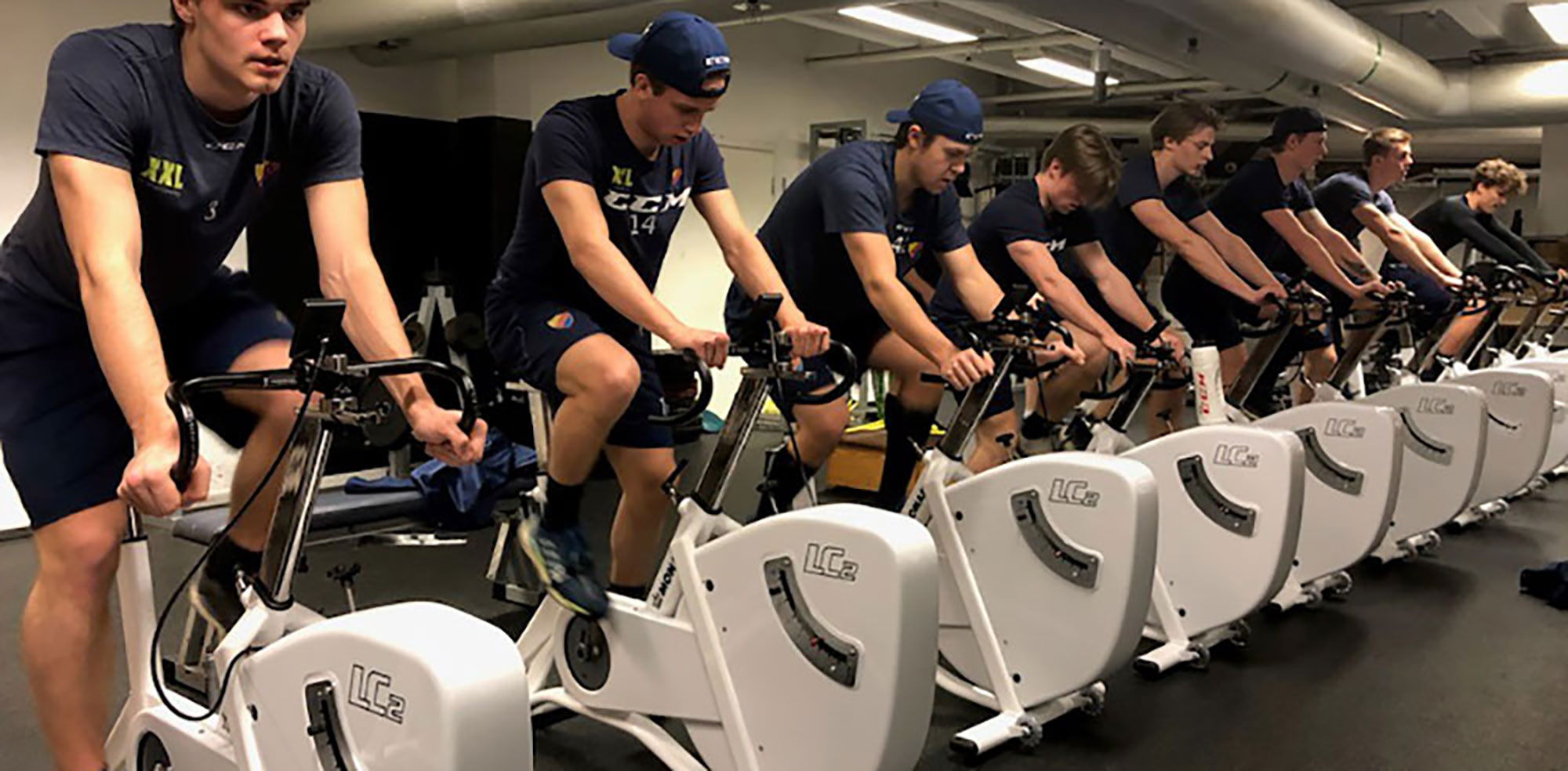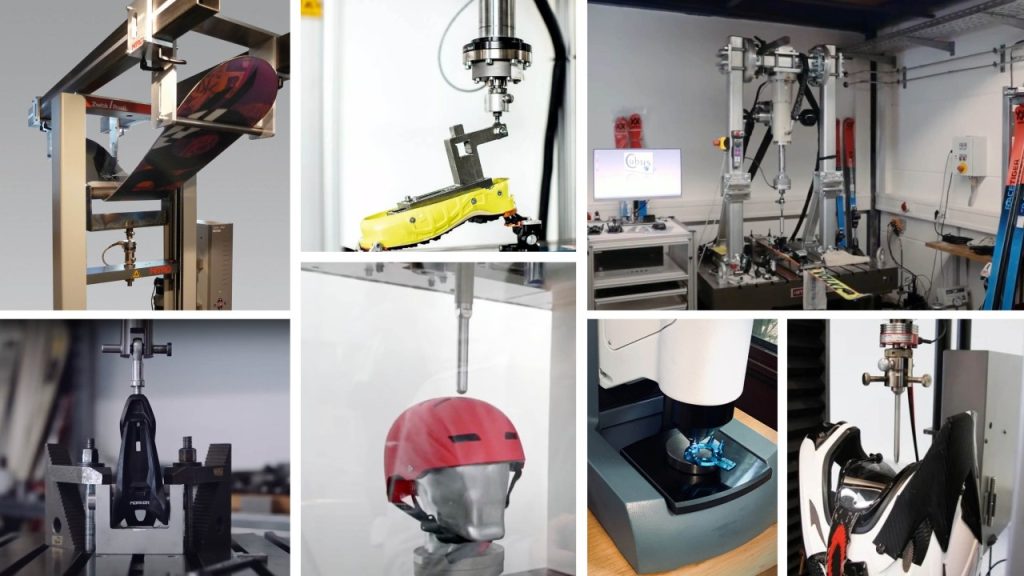Blog
“How to Test Sports Equipment for Durability and Comfort”
When it comes to selecting sports equipment, durability and comfort are two crucial factors that ensure your gear will withstand intense use while providing the support you need. Whether you’re a weekend warrior, a dedicated athlete, or just someone looking to upgrade your sports equipment, knowing how to evaluate these aspects can make all the difference. Here’s a guide to help you test sports equipment for durability and comfort before making your purchase.
1. Check Material Quality
The first step in assessing sports equipment is to examine the materials used in its construction. High-quality materials are more likely to withstand the rigors of repeated use. Look for items made from durable, high-grade components such as reinforced carbon fiber, high-density foam, or heavy-duty metals. For instance, if you’re buying a pair of running shoes, ensure the outsole is made from long-lasting rubber, and the upper is made from breathable mesh or synthetic leather.
2. Inspect Stitching and Construction
A well-made piece of sports equipment should have clean, even stitching, and solid construction. Pay attention to areas that are prone to wear and tear, such as seams, joints, and hinges. If there are any loose threads or visible signs of weak construction, it may indicate that the equipment won’t last long under stress. For items like sports gloves or protective gear, double-check that padding and reinforcements are properly stitched and secured.
3. Test Comfort Through Fit and Feel
Comfort can make or break your performance, so it’s important to test the fit and feel of your equipment. For wearable items such as tennis shoes, hockey skates, or cycling shorts, try them on and move around as you would during your sport. This will give you an idea of how the equipment responds to your movements, whether it fits snugly, and if it provides the right amount of cushioning or support. Pay attention to any pressure points or areas that cause discomfort—these can be deal-breakers.
4. Perform a Stress Test
:max_bytes(150000):strip_icc()/VFW_vinsguir_ab_roller_wheel_nick_kova_00021.jpg-22979db754424d77b1ee813641250ff0.jpg)
If possible, put your sports equipment through a practical stress test. For example, if you’re considering purchasing a bike helmet, try squeezing it gently to test its rigidity and check for any areas of flex or give. For sports shoes, wear them during a short run or light workout to assess how they handle impacts and pressure. This can help you understand whether the gear maintains its form and functionality during actual use.
5. Evaluate Adjustability and Customization
Sports equipment that offers customization or adjustable features tends to be more comfortable and durable over time. Look for items that allow you to modify the fit or add extra padding, such as adjustable straps on a backpack or removable inserts in a helmet. This customization can help you tailor the equipment to your body shape and activity, providing enhanced comfort and longevity.
6. Check Reviews and Expert Recommendations
One of the most reliable ways to evaluate sports equipment is by consulting reviews from other users and expert opinions. Reviews often highlight long-term usage experiences that can provide insight into how well a product holds up over time. Expert recommendations and product reviews from specialized sports websites can help you gauge whether a piece of equipment lives up to its promises of durability and comfort.
7. Consider Warranty and Return Policy

A strong warranty or a flexible return policy is an indicator of a manufacturer’s confidence in the quality of their product. If a company offers an extended warranty or a satisfaction guarantee, it may be worth considering, as it shows they are willing to stand behind their product. If you’re unsure about the durability and comfort of a piece of equipment, check to see if it can be returned or exchanged after a trial period.
A practical stress test is a valuable way to assess how well sports equipment will perform under real-life conditions. For items like running shoes or soccer cleats, take them for a short run or wear them during a light training session to see how they respond to impact, pressure, and movement. This will reveal any areas that may cause discomfort or fail to provide the needed support. Similarly, if you’re purchasing a new basketball or tennis racket, try dribbling, shooting, or hitting the ball to check for responsiveness and comfort. Observing how your equipment performs while actively engaging in the sport will help you better gauge its durability and suitability.
Evaluate Adjustability and Customization
One of the key aspects of comfort is how well an item fits your unique body shape and preferences. Adjustable or customizable sports equipment offers the advantage of a tailored experience that can adapt to your specific needs. For instance, running shoes with removable insoles or cleats with adjustable lacing systems allow you to fine-tune the fit for optimal comfort. Similarly, sports helmets with adjustable straps or pads help ensure that the gear sits securely and comfortably on your head. Equipment with such features provides a longer-lasting and better-fitting experience, making it a wise choice for athletes who want to maximize their comfort and performance.
Check Reviews and Expert Recommendations
Reviews and recommendations from other athletes and experts can be extremely informative when evaluating sports equipment. Online reviews often highlight the long-term durability of a product, revealing any potential issues that may not be apparent from an initial examination. Expert opinions from specialized sports blogs, magazines, or coaches provide additional insights into whether a piece of gear performs well in a given sport. Look for comments that mention how the equipment has held up over time and any unexpected benefits or downsides. Real user experiences can provide valuable details that will help you decide whether a piece of equipment is worth purchasing.
Consider Warranty and Return Policy
A strong warranty or flexible return policy adds an extra layer of assurance when choosing sports gear. It shows that the manufacturer has confidence in their product and is willing to stand behind it. If a piece of equipment fails to meet your expectations for durability or comfort, having the option to return or exchange it is essential. Always review the terms of the warranty and the store’s return policy to understand what is covered and for how long. This way, you can make your purchase with confidence, knowing that you have recourse if the equipment doesn’t live up to your standards.
Conclusion
Choosing sports equipment that’s durable and comfortable requires a comprehensive approach. By checking material quality, inspecting stitching and construction, performing stress tests, and considering adjustability, you can ensure the gear you choose meets your needs. Don’t forget to consult reviews and expert recommendations for valuable insights, and prioritize products with strong warranties or return policies for peace of mind. Taking these steps will help you make informed choices, enhancing your comfort and performance while enjoying your favorite sports.
When testing sports equipment for durability and comfort, it’s crucial to be thorough and thoughtful. Take the time to inspect materials, assess fit, conduct stress tests, and look for customizable options that suit your needs. Don’t forget to check reviews and consider warranties that give you peace of mind. By carefully evaluating these factors, you can make confident decisions and invest in gear that enhances your performance and enjoyment in any sport.


